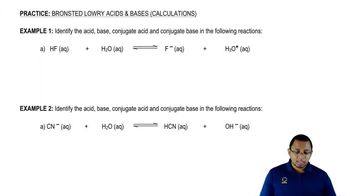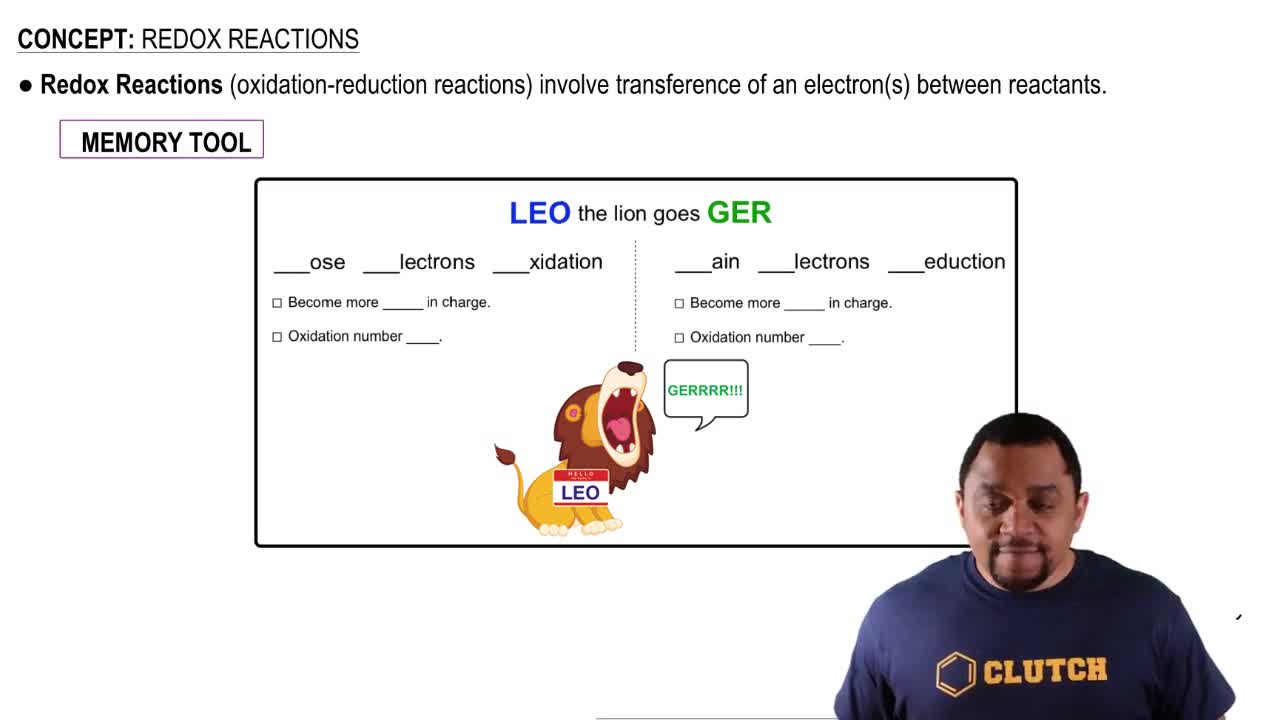Multiple Choice
Write the formula of the conjugate base for the following compound:
H2Se
2201
views
4
rank
 Verified step by step guidance
Verified step by step guidance Verified video answer for a similar problem:
Verified video answer for a similar problem:



 3:17m
3:17mMaster Bronsted Lowry Acids & Bases Concept 1 with a bite sized video explanation from Jules
Start learning